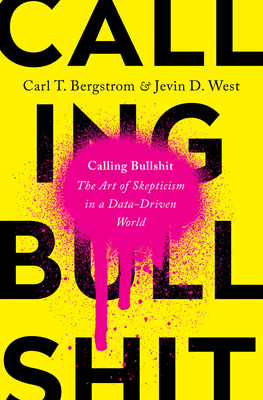What do you think?
Rate this book


336 pages, Hardcover
First published August 4, 2020
Nothing that you will learn in the course of your studies will be of the slightest possible use to you [thereafter], save only this, that if you work hard and intelligently you should be able to detect when a man is talking rot, and that, in my view, is the main, if not sole, purpose of education.
— Idealist philosopher John Alexander Smith (1863–1939)
But this focus on facts and skills [in STEM teaching] comes at the expense of training and practice in the art of critical thinking. In the humanities and the social sciences, students are taught to smash conflicting ideas up against one another and grapple with discordant arguments. in STEM fields, students seldom are given paradoxes that they need to resolve, [...] or fallacious claims that they need to critique.